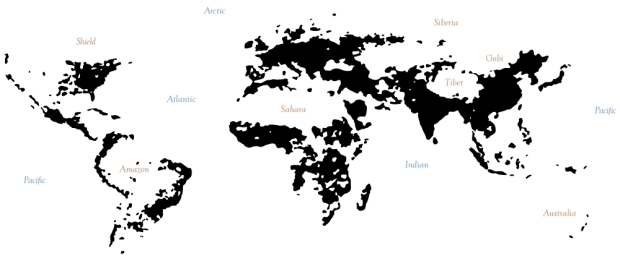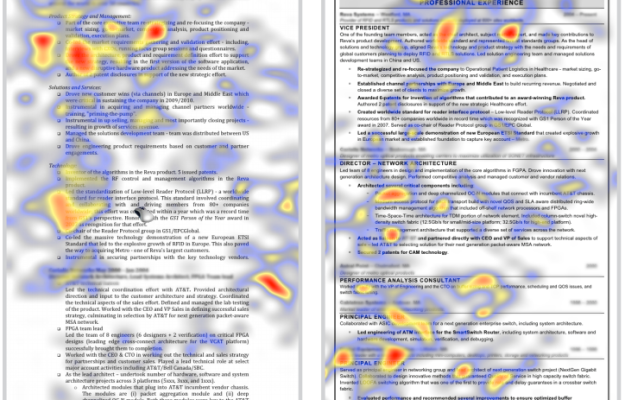Geography graduate student Derek Watkins has some fun with population densities in an interactive version of William Bunge’s The Continents and Islands of Mankind. The above shows areas in the world where there are at least 15 people per square kilometer. In the interactive, a slider lets you shift that number up to 500 where only a few spots in the world remain.
An interesting thing about this map is that each layer is contained in one 23,000 pixel tall spritesheet to reduce load time. An uninteresting thing is that my workflow was to export black and white density images from QGIS (which I’ve been working with more lately), generalize in Illustrator, export each slice and then stitch them together into one image with ImageMagick. I grabbed the population data from here.
[via Derek Watkins]






 Visualize This: The FlowingData Guide to Design, Visualization, and Statistics (2nd Edition)
Visualize This: The FlowingData Guide to Design, Visualization, and Statistics (2nd Edition)










